Figure you're not going to find a datasheet on this display. Most LEDs can withstand 5 V in reverse and a few mA forward. Most likely your display can take 20 mA forward per segment, but there is no need to run it that hard when trying to figure out the pinout.
Use a handy power supply in the 3.3 to 5.0 Volt range with a fixed resistor in series. Use around 640 Ω with the 5 V supply or 300 Ω with the 3.3 V supply. That should limit the current to 5 mA or less regardless of what kind of LEDs the segments are made from. That should be bright enough for even a 20 year old display in normal office lighting.
You can now safely probe between any two pins in any orientation with the power supply and resistor in series. Systematically probe around, testing both polarities, until you find a combination that makes something light up. Keep one of the leads fixed and probe around with the other one. If you get a bunch of different segments to light as you move one lead around, then the other is on one of the common pins. The polarity of that will tell you whether you have a common anode or common cathode display. Once you know that and have found one of the commons, finding the remaining connections will be easier. Eventually you map out the whole display.
